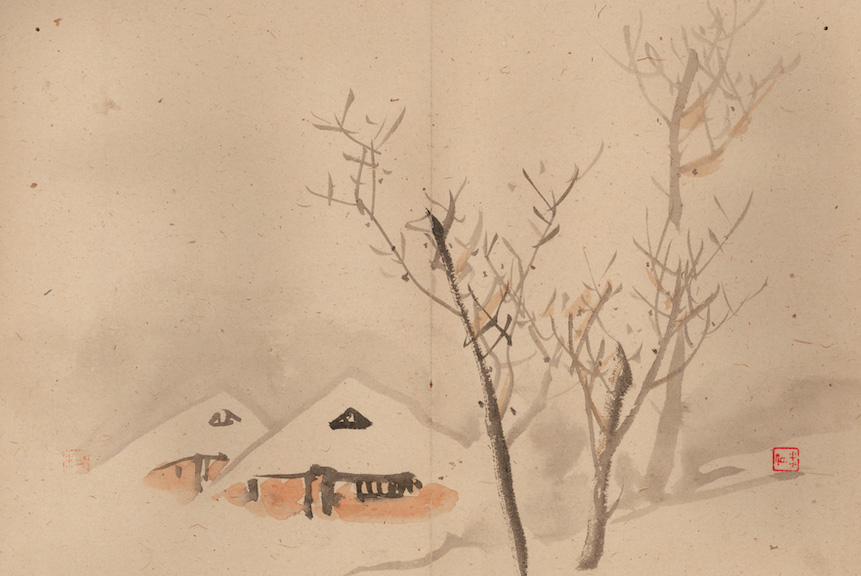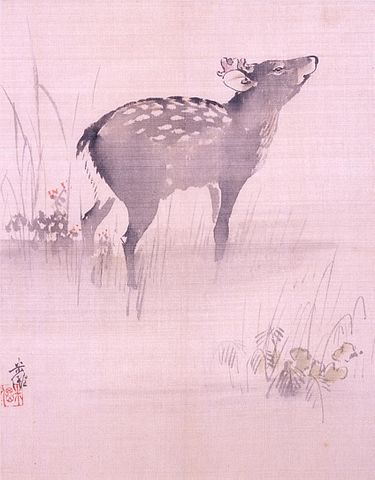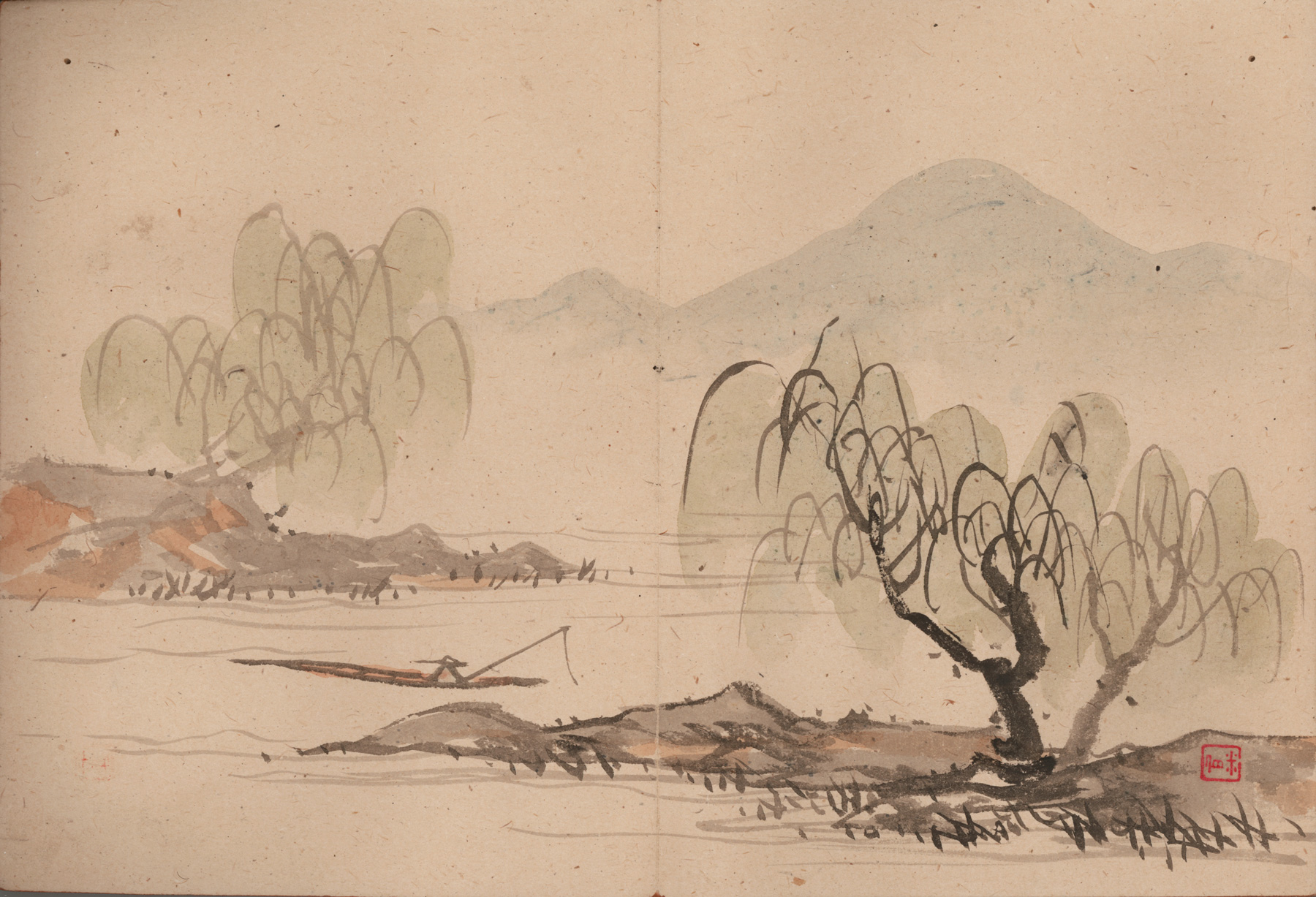Japan Art and Kubota Beisen: Meiji Artist
Lee Jay Walker
Modern Tokyo Times

Kubota Beisen (1852-1906) witnessed the social convulsions of the late Edo Period when a teenager – to the modernization processes of the Meiji Restoration (1868-1912). Accordingly, his artistic development flourished during the changing sands period from the old world of Edo to the dynamics of Meiji.
He was highly regarded in his lifetime within the upper echelons of the ruling elites. Hence, Kubota Beisen had the honor to paint in the presence of the Emperor during the Meiji Period.

Henry Pike Bowie (American artist and Diplomat) was born in 1848 and died in 1920. In the 1890s, he visited Japan for the first time and met Kubota Beisen.
He said, “Kubota was so skillful in sketching that while traveling rapidly through a country he could faithfully reproduce the salient features of an extended landscape, conformable to the general rule in sketching, that what first attracts the eye is to be painted first, all else becoming subordinate to it in the scheme.”

Kubota Beisen was born in the cultural city of Kyoto. His father was an innkeeper and sought to deter his son from focusing on art. However, his son was determined to focus on art.
He studied art under Suzuki Hyakunen (1825-1891) and Kono Bairei (1844-1895). However, despite this, he developed his distinctive style.

Tragically, he became blind in the last six years of his life.

Modern Tokyo News is part of the Modern Tokyo Times group
http://moderntokyotimes.com Modern Tokyo Times – International News and Japan News
http://sawakoart.com – Sawako Utsumi’s website and Modern Tokyo Times artist
https://moderntokyonews.com Modern Tokyo News – Tokyo News and International News
PLEASE JOIN ON TWITTER
https://twitter.com/MTT_News Modern Tokyo Times
PLEASE JOIN ON FACEBOOK